Resources
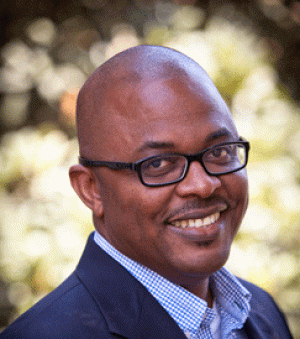
Steed V. Davidson Associate Professor of Old Testament Pacific Lutheran Theological Seminary and Church Divinity School of the Pacific Each night I watch Jeopardy. Occasionally I am thrilled when Tobago or Trinidad features in a clue. This thrill comes from knowing that the island where I grew up (area of 116 square miles) has found its way into the knowledge required of Jeopardy contestants. I take this small thrill, and I am painfully aware of how small it is, because for most of my life I have been told that the intellectual knowledge that matters consists of material outside of..
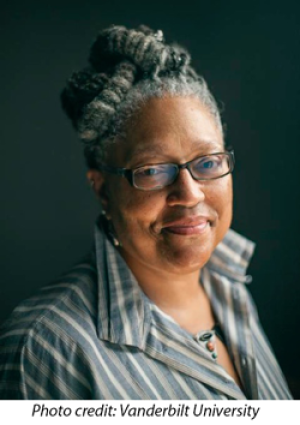
emilie m. townes Dean and E. Rhodes and Leona B. Carpenter Professor of Womanist Ethics and Society Vanderbilt Divinity School The opening paragraph of the Vanderbilt University Statement of Commitments: The Divinity School is committed to the faith that brought the church into being, and it believes that one comes more authentically to grasp that faith by a critical and open examination of the Hebraic and Christian traditions. It understands this faith to have import for the common life of men and women in the world. Thus the school is committed to assisting its community in achieving a critical and.
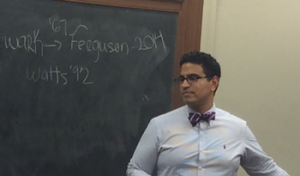
Elias Ortega-Aponte, Ph.D. Assistant Professor of Afro-Latinos/a Religions and Cultural Studies Drew University As I geared up to teach two social justice themed courses this Fall, my summer preparations were disrupted by the news of two tragedies and the reflections they prompted. First was the death of Omar Abrego, beaten to death by police on August 2 in Los Angeles. Witness reports claim that Abrego was taken out of his car and beaten up by two police officers for at least 10 minutes, and left in a pool of blood. The father of three would die hours later in a
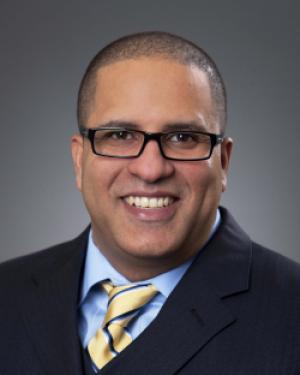
For the last two years, I have taught a required class on evangelism for ordination at the United Methodist Church at Asbury Theological Seminary on the Orlando Campus during the summer and January terms. The course is structured as an intensive class delivered over five days. Over these two years, I have never had an African American student in class. For example, in the J-Term of 2015, there were 11 white students: 9 males and 2 females. In the summer of 2015, there were 22 students: 12 males (2 Kenyans) and 10 females. In the J-term of 2016, there were 23 students: 19 males (2 Filipinos) and 4 females (1 Chinese). In the summer of 2016, there were 26 students: 12 males and 14 females (1 Chinese-American female). Given this, I have been surprised by the fact that the student demographics at the Orlando Campus is 24% Latino/a and 28% African American. Maybe it is due to the southern UMC as it is known for its lack of pastoral diversity. The last module of the class is devoted to racial reconciliation and mission. Students read “Evangelization and Politics: A Black Perspective” by James Cone. As you could expect, this is the module when silence becomes unbearable as students wrestle with evangelicalism and white privilege. It is also the moment when all the students have “a black friend” or when “my roommate in college was black.” The superficiality of our conversations has been frustrating and such frustration grew to the point that I considered changing the last module to something else. It was at this point that I sought the help of a respected colleague. His suggestion was for me to change gears and examine my own experience of discrimination and history as a brown Puerto Rican in the context of North American imperialism and colonization. Using the new approach, I replaced Cone’s article with primary sources of Protestant missionaries to Puerto Rico in the early 1900s, a sociological article on “the Puerto Rican Problem,” and excerpts from Gloria Anzaldua’s La Frontera. By contextualizing the history of race relations between white North Americans, Puerto Ricans, and other Latinas, I was able to deconstruct the disregarding ethos of racism that is embedded in a systemic structure of oppression in the United States. In light of evangelicalism’s insistence of individual responsibility, confronting racism as a systemic issue brought its own complexities to our conversations. Students were more engaged in discussing issues of race and oppression in the historical context of mission and colonialism. However, the closer we got to contemporary issues, especially immigration, the tone of the conversation changed and the discomfort around ethnocentrism and negative views on immigration was palpable. A good example was when a white male student in the summer of 2016 recited the talking points of the Republican Party to the class. He referred to the negative impact on immigration on crime, employment, and US culture in general based on language and customs. To everyone’s surprise, because she never spoke before in class, only the female Chinese-American student confronted the speaker by telling her family’s story of immigration. Her mother came to the US with a temporary work permit, but after it expired she stayed. As years passed, she married an American man and became a citizen more than a decade after her visa expired. She confronted the white male student and the whole class with her story and showed the ethnocentrism and stereotypes embedded in US society against immigrants. I learned that even though I am in complete solidarity with African Americans in their quest for justice and respect, students saw me as a Puerto Rican who does not embody the African American experience. On the other hand, when I embody my experience and the history of racism against Latino/a people in the US, the perception and reaction in the classroom change. At the end, we are contextual beings and sometimes the best way to teach others about race is not through theories, but through our own experience with racism. What triggers public opposition to immigration? Is immigration a racial issue? What triggers racial resentment against undocumented immigrants? What is the value of the implementation of autobiography in the classroom? How should professors move from autobiographical data to theoretical articulations in the classroom? How can professors help students take responsibility for their assumptions of the other in a safe manner? Is this desirable, or it would a shock approach to student assumptions be better?
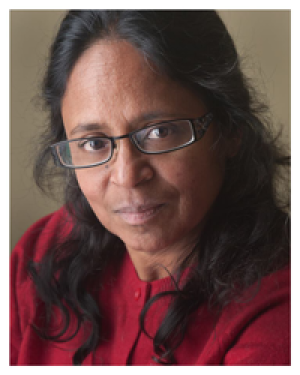
Himanee Gupta-Carlson SUNY Empire State College Shortly after the verdicts in the Ferguson and Staten Island police beating cases led to protests via social media and demonstrations across the country, I found myself involved in two conversations. The first occurred with a car mechanic in Saratoga Springs, the small rural New York community where I work. The mechanic, an African American, described the encounters between the African American males and police officers as well as the citizen protests as signs of unremitting violence. He relayed a racially coded incident with local police in which a man was pulled over, rightfully,
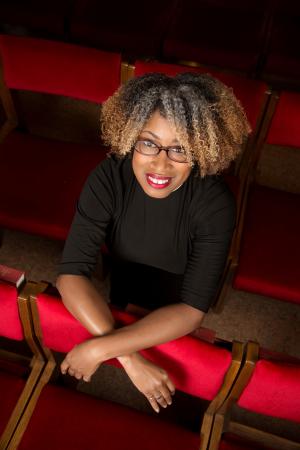
Wil Gafney Associate Professor of Hebrew Bible Brite Divinity School When and where I enter, in the quiet, undisputed dignity of my womanhood, without violence and without suing or special patronage, then and there the whole Negro race enters with me. Anna Julia Cooper Student enters. Looks at me, looks at other students, looks back at me. Is this room 101? Looks at me, looks at other students, looks back at me. Is this Hebrew? Looks at me, looks at other students, looks back at me. Are you teaching it? There is no place that race is not present and...
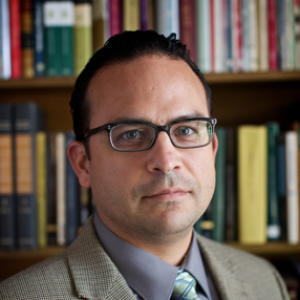
Gregory L. Cuéllar, Ph.D. Assistant Professor of Old Testament Austin Presbyterian Theological Seminary My introduction to Old Testament course has served as an experimental site for decentering racializing master-narratives, especially those that have contributed to the marginalization of the Other in the Texas-Mexico Borderlands. As a Latino biblical scholar, decentering represents an important pedagogical tactic that is shaped and informed by various forms of critical theory, postcolonial theory, and archival studies. This theoretical apparatus also draws heavily upon a lived experience of marginalization as an ethnic-Mexican in the Texas-Mexico Borderlands. Moreover, the present racial crisis in U.S. society has made...
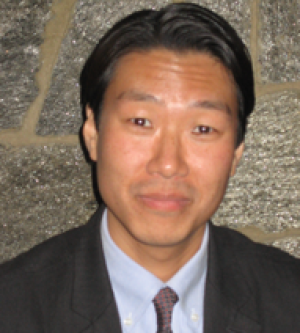
KC Choi Associate Professor, Department of Religion Seton Hall University I was horrified to discover that Dylann Roof regarded Asians as inherently racist and thus possible allies to white supremacist causes. That opinion received little media attention, except for spotty clusters throughout social networking sites. And while Roof’s assessment of Asians is nothing short of galling, I also found them disquieting; it was the words of a white supremacist mad man that had uncomfortably recalled a specific set of experiences in my course “Race, Politics, and Theology.” Students in my course have mirrored the relative racial and ethnic diversity of...
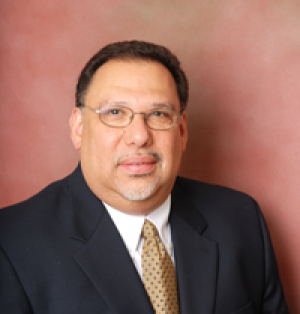
Dr. Efrain Agosto New York Theological Seminary We gathered for our regular summer session class on a Thursday evening at New York Theological Seminary, June 18, the night after the horrific shootings in an AME Church in Charleston, South Carolina. Three of my six students for the class were out sick; no doubt saddened by the tragedy of the night before, perhaps even so adversely affected that they had a kind of visceral, physical reaction that affected their health. Six of the nine African Americans murdered Wednesday night in Charleston were women, by all accounts gifted and faithful leaders of
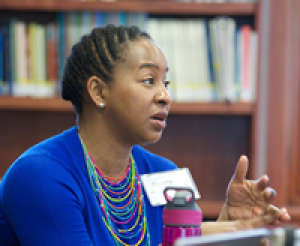
Nyasha Junior, Ph.D Assistant Professor of Hebrew Bible Temple University Department of Religion The Rachel Dolezal story is all over the news. The story is a horror show for many reasons, but as Dolezal was an African-American Studies instructor at Eastern Washington University, her story brings up important issues of race in the classroom. It has me wondering how my colleagues think about and handle these issues. What does the Dolezal story bring up for you as an educator? What assumptions do your students make about you based on your body? What assumptions do students or other scholars make about